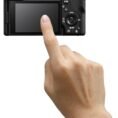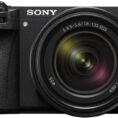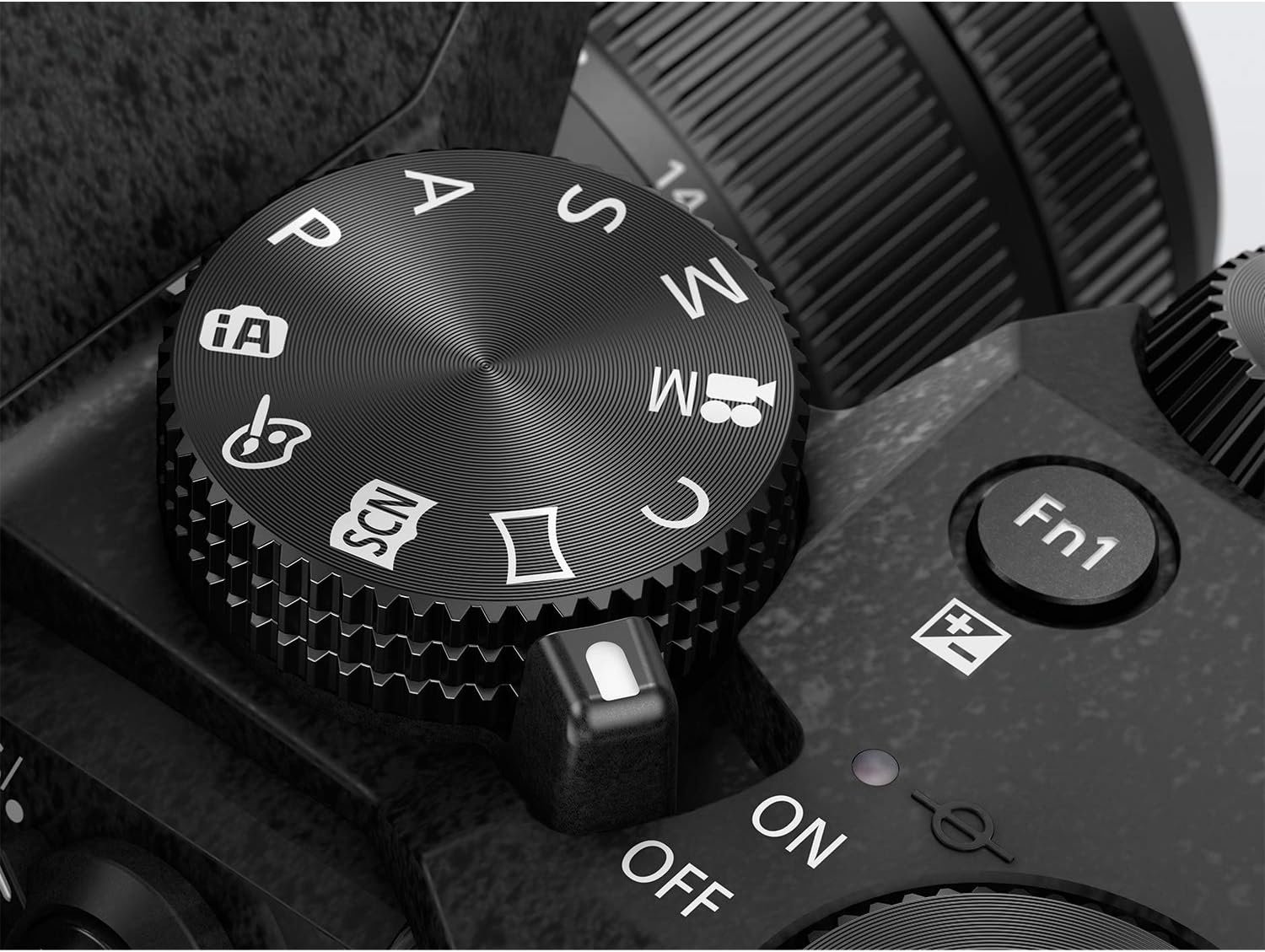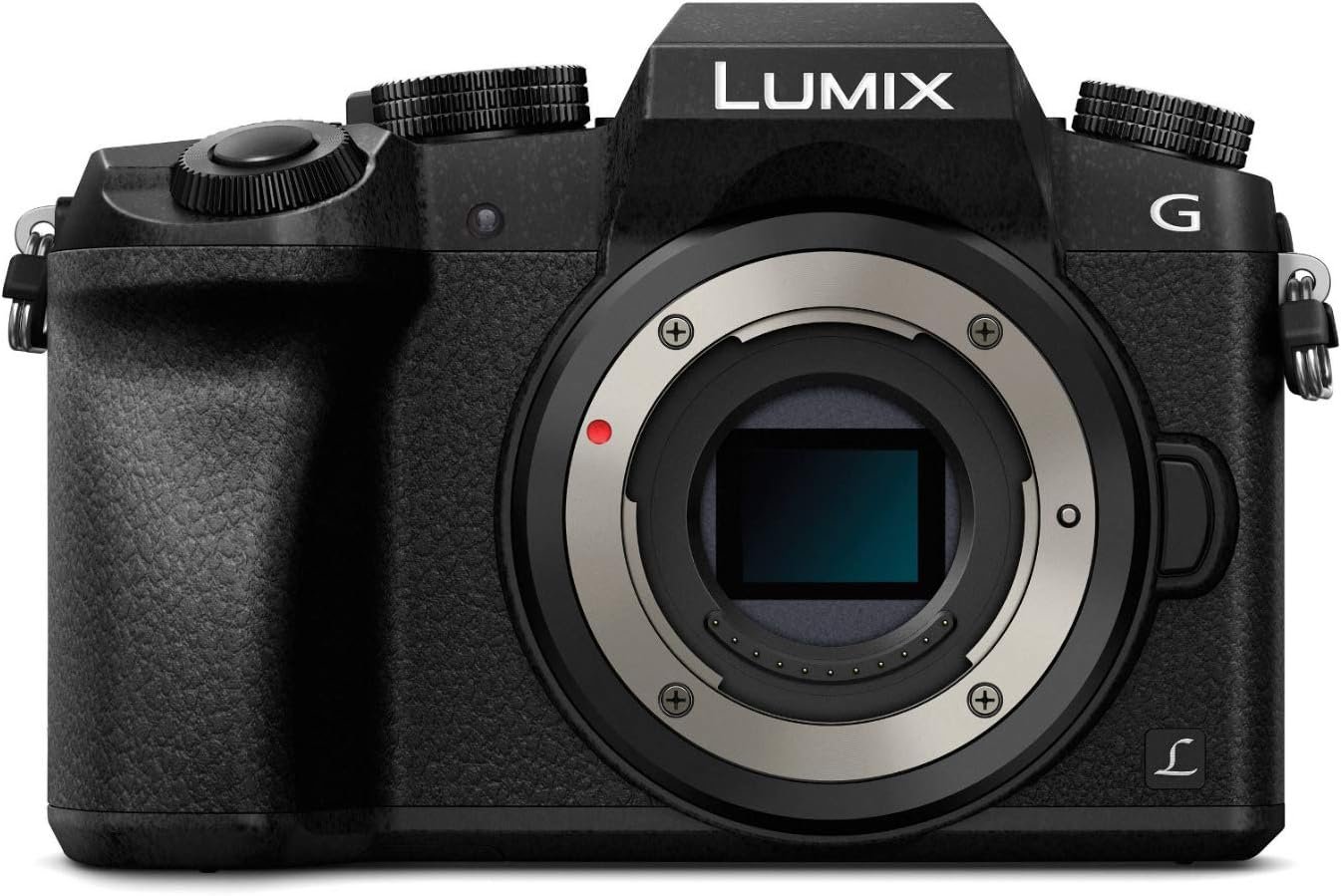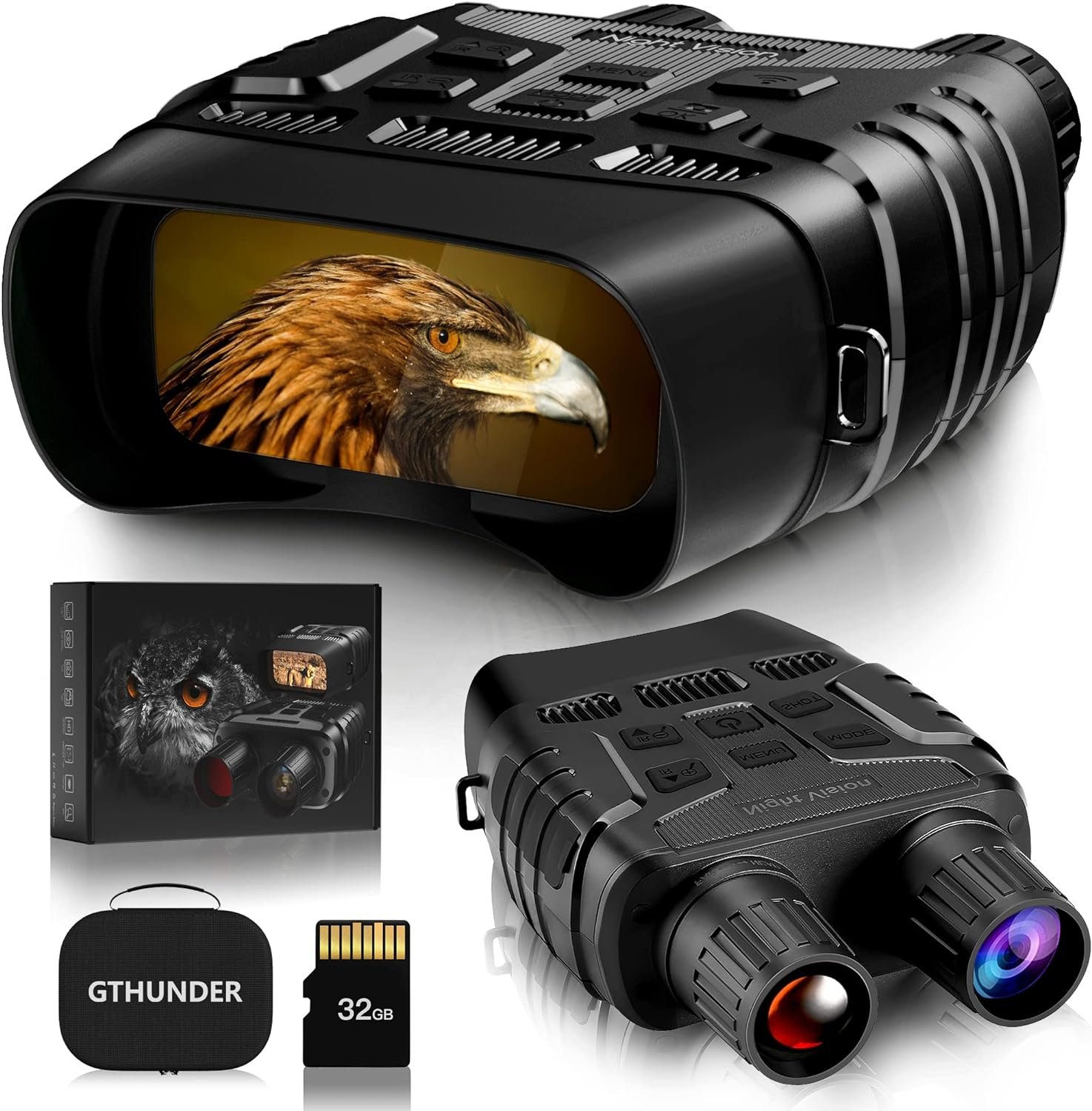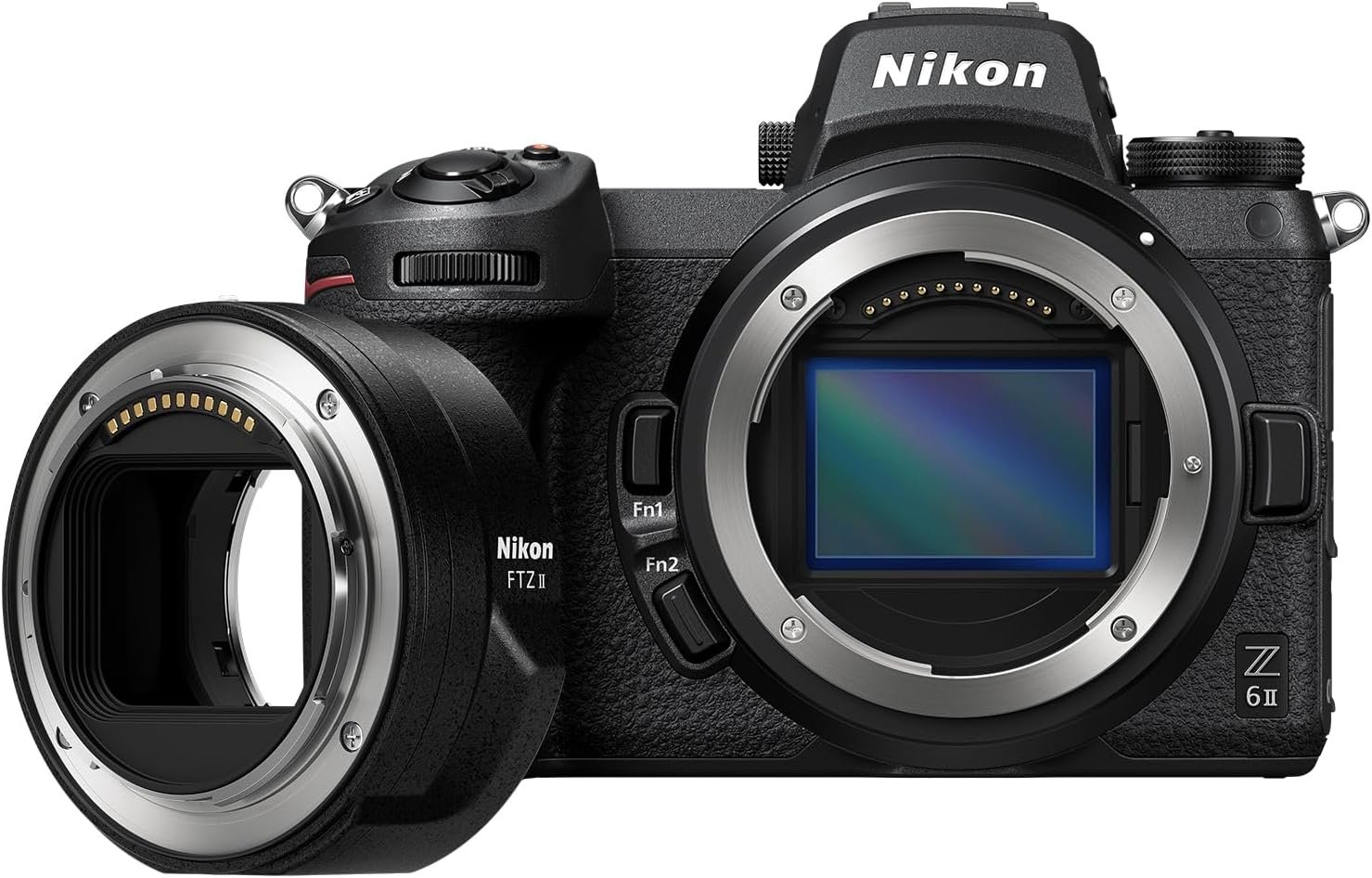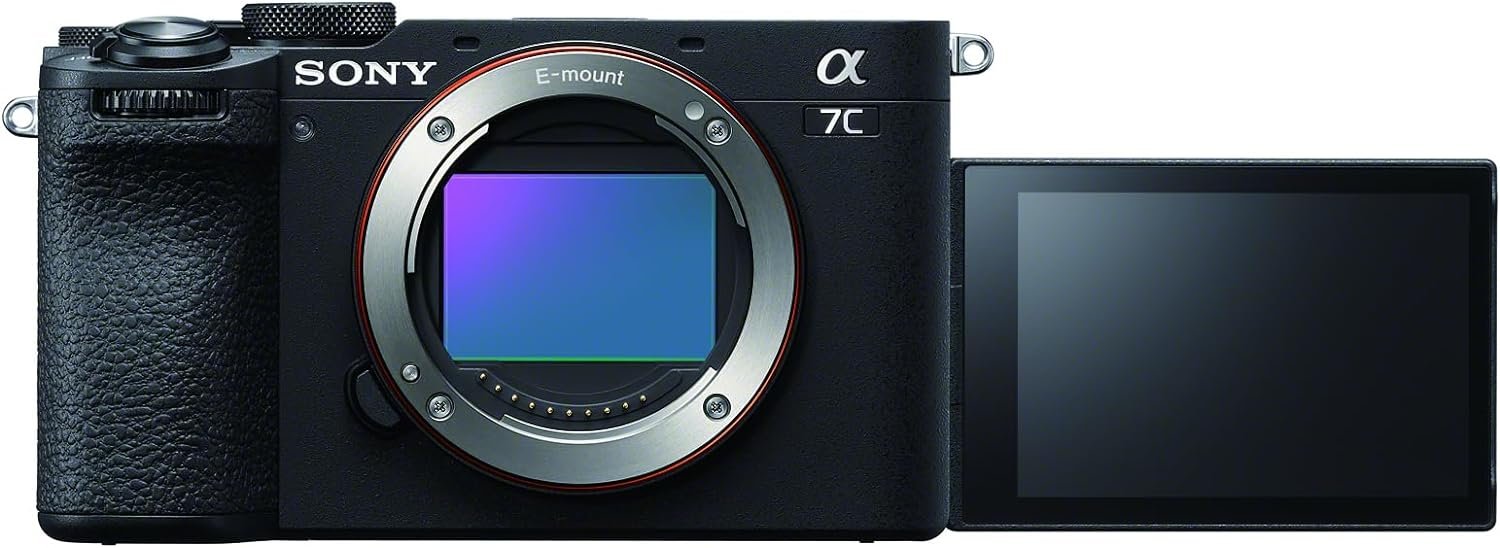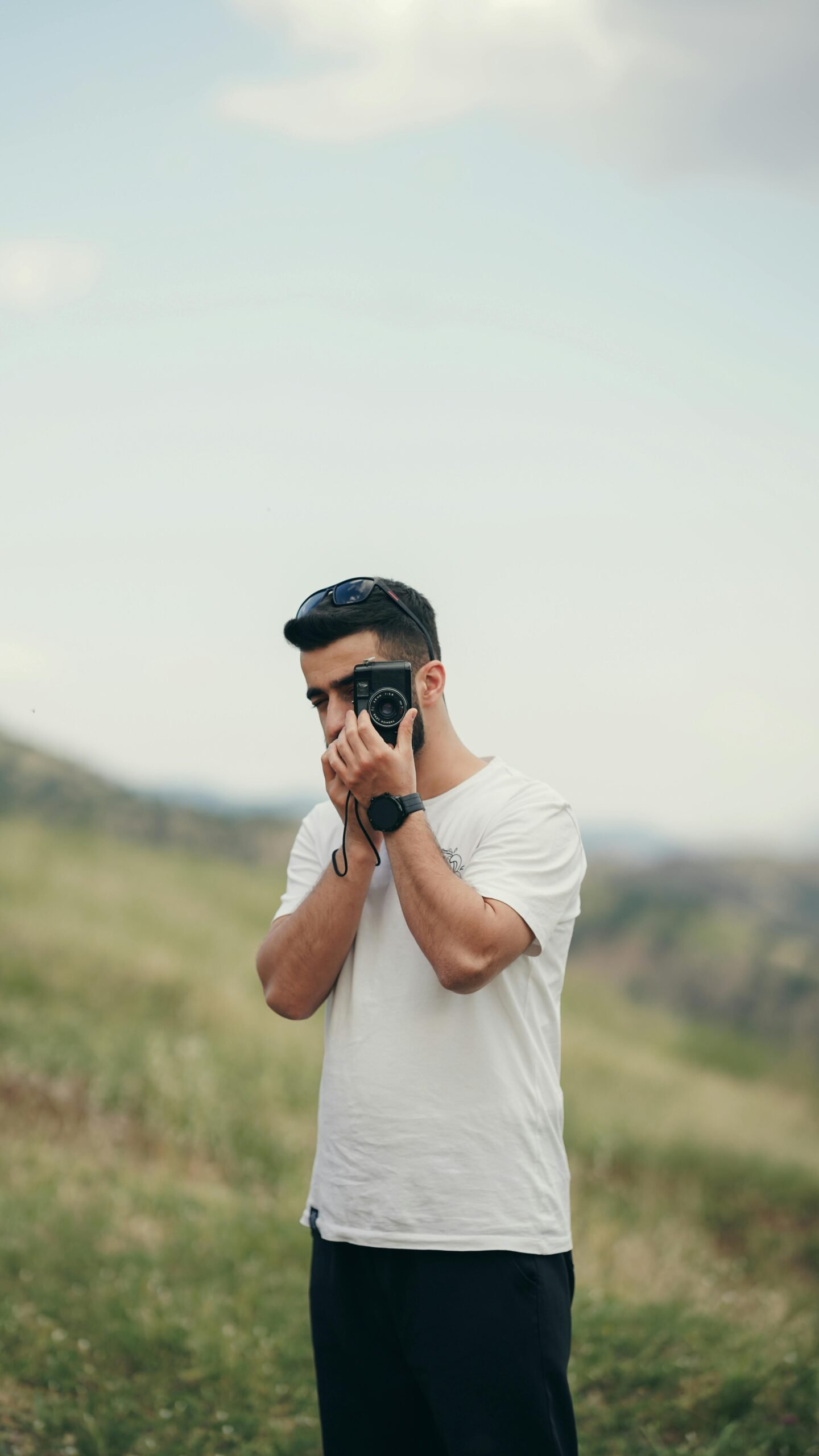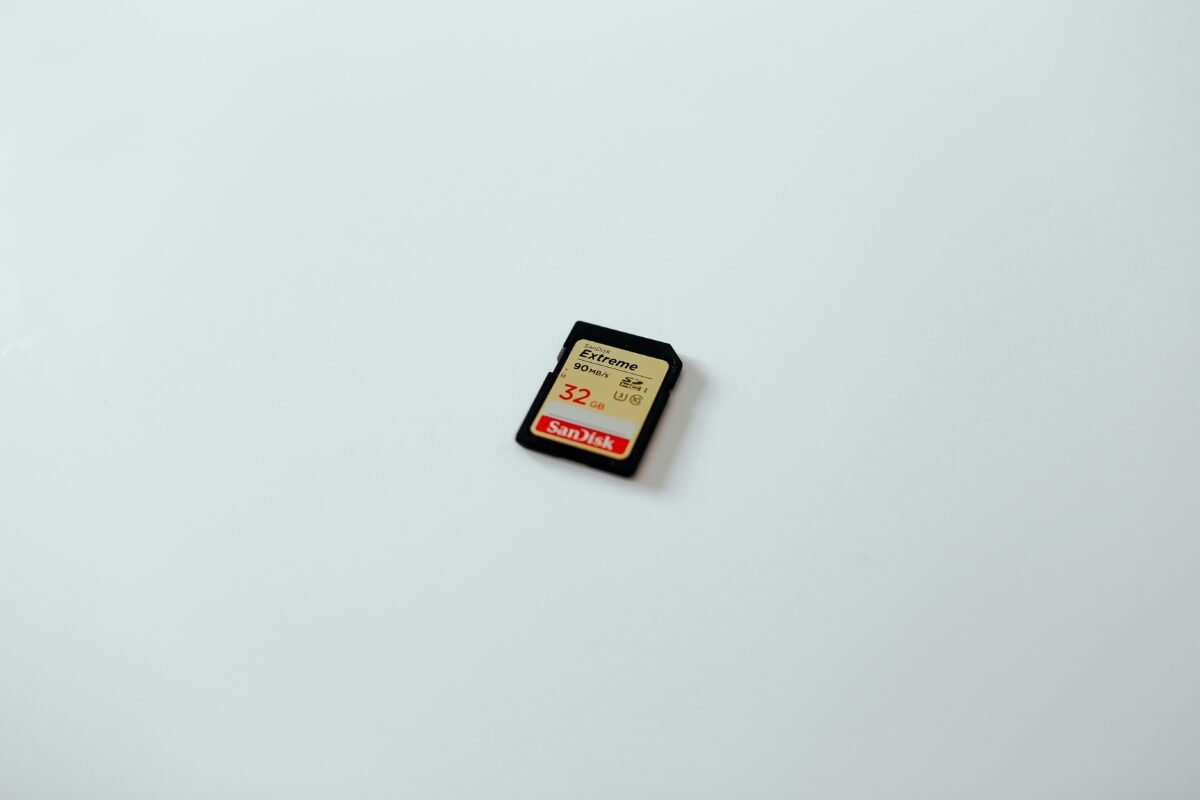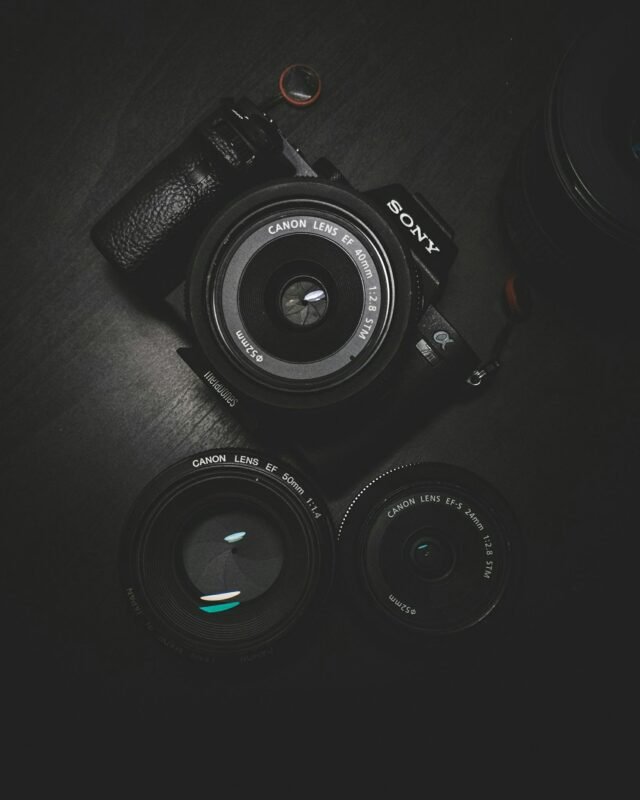Hey there! If you’re wondering what accessories you need to enhance your digital camera experience, you’ve come to the right place. From memory cards to camera bags, there are a few key items that can take your photography game to the next level. Let’s dive in and explore the must-have accessories for your digital camera!
What Are The Essential Accessories For A Digital Camera?
What are the essential accessories for a digital camera? It’s a question that many photographers, both amateur and professional, have asked themselves at some point. Whether you are just starting out in photography or have been capturing moments for years, having the right accessories can make a significant difference in the quality of your photos. In this article, we will explore the essential accessories that every digital camera owner should consider investing in. From tripods to memory cards, we will cover everything you need to take your photography to the next level.
Tripod
One of the most essential accessories for a digital camera is a tripod. A tripod is a three-legged stand that provides stability and support for your camera. It allows you to take sharp and clear photos, particularly in low light conditions or when using slow shutter speeds. A tripod is also essential for capturing long exposure shots, such as light trails or star trails.
Having a tripod in your photography arsenal will open up a whole new world of creative possibilities. You can experiment with different angles, compositions, and techniques that would be impossible to achieve without the stability provided by a tripod. Whether you are shooting landscapes, portraits, or macro photography, a tripod is an essential accessory that every photographer should have.
Types of Tripods
When it comes to tripods, there are several different types to choose from. The most common types include:
- Travel Tripods: These are lightweight and compact tripods that are designed for photographers who are constantly on the go. They are easy to carry around and are ideal for travel photography.
- Studio Tripods: These are heavier and sturdier tripods that are designed for studio photography. They are more robust and can support heavier camera equipment.
- Flexible Tripods: These tripods have bendable legs that allow you to attach your camera to almost any surface. They are great for capturing shots from unique angles or in tight spaces.
Features to Consider
When choosing a tripod, there are several features to consider:
- Height: Make sure the tripod is tall enough to suit your shooting needs.
- Material: Tripods can be made of aluminum, carbon fiber, or other materials. Consider the weight and durability of the tripod.
- Head: Tripods come with different types of heads, such as ball heads or pan-tilt heads. Choose a head that suits your shooting style.
Investing in a high-quality tripod is crucial for photographers who want to take their photography to the next level. It will provide the stability and support needed to capture stunning and sharp images.
Camera Bag
Another essential accessory for a digital camera is a camera bag. A camera bag is designed to protect your camera equipment from dust, moisture, and damage while also providing a convenient way to carry and organize your gear. By investing in a camera bag, you can ensure that your camera and accessories are always safe and secure.
Types of Camera Bags
There are several types of camera bags to choose from, depending on your needs and preferences:
- Shoulder Bags: These are compact and lightweight bags that are worn over the shoulder. They are great for photographers who want quick and easy access to their gear.
- Backpacks: Camera backpacks are designed to distribute the weight of your gear evenly on your back. They are ideal for photographers who need to carry a lot of equipment for long periods.
- Rolling Bags: These are camera bags with wheels that allow you to roll your gear around. They are perfect for photographers who need to travel long distances with heavy equipment.
Features to Consider
When selecting a camera bag, consider the following features:
- Size: Make sure the bag is big enough to fit your camera, lenses, and accessories.
- Padding: Look for a bag with sufficient padding to protect your gear from impacts and bumps.
- Compartments: Choose a bag with adjustable compartments to organize your gear efficiently.
A camera bag is a must-have accessory for photographers who want to keep their camera equipment safe and organized. Whether you are traveling to a remote location or simply shooting in your backyard, a camera bag will provide the protection and convenience you need.

This image is property of images.pexels.com.
Lens Filters
Lens filters are essential accessories for digital cameras that can significantly impact the quality of your photos. A lens filter is a piece of glass or acrylic that is attached to the front of your lens to achieve a specific photographic effect. There are various types of lens filters available, each serving a different purpose.
Types of Lens Filters
Some of the most common types of lens filters include:
- UV Filters: UV filters are used to reduce ultraviolet light and protect the front element of the lens from dust, dirt, and scratches.
- Polarizing Filters: Polarizing filters reduce glare and reflections from surfaces such as water and glass, resulting in more vibrant and saturated colors.
- Neutral Density Filters: Neutral density filters reduce the amount of light entering the lens, allowing you to use slower shutter speeds in bright conditions or achieve a shallower depth of field.
Creative Effects
In addition to their practical uses, lens filters can also be used to create artistic effects in your photos:
- Star Filters: Star filters add a starburst effect to light sources in your photos, creating a magical and whimsical look.
- Color Filters: Color filters can be used to enhance or change the color of a scene, adding a creative touch to your images.
By experimenting with different types of lens filters, you can add depth, drama, and flair to your photos. Whether you are shooting landscapes, portraits, or street photography, lens filters are essential accessories that can take your images to the next level.
Memory Cards
Memory cards are essential accessories for digital cameras that store the photos and videos you capture. Without a memory card, you would not be able to save your images or transfer them to a computer for editing or sharing. When choosing a memory card, there are several factors to consider.
Types of Memory Cards
There are different types of memory cards available, each with different storage capacities and speeds:
- SD Cards: Secure Digital (SD) cards are the most common type of memory card used in digital cameras. They come in various sizes, such as SD, SDHC, and SDXC, with increasing storage capacities.
- CompactFlash Cards: CompactFlash cards are larger and faster than SD cards, making them popular among professional photographers who require high-speed data transfer.
Speed Class
When choosing a memory card, consider the speed class, which indicates the minimum write speed of the card:
- Class 2: Minimum write speed of 2MB/s
- Class 10: Minimum write speed of 10MB/s
- UHS Class 1: Minimum write speed of 10MB/s
- UHS Class 3: Minimum write speed of 30MB/s
A memory card with a higher speed class is essential for capturing high-resolution images and recording videos in high definition. Make sure to choose a memory card that is compatible with your camera and meets your storage and speed requirements.
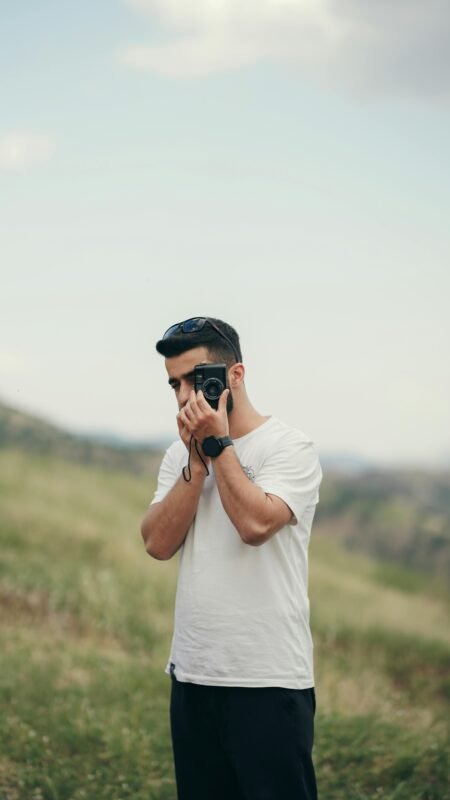
This image is property of images.pexels.com.
External Flash
An external flash is an essential accessory for digital cameras that provides additional light when shooting in low light conditions or when you need to fill in shadows. Unlike the built-in flash on a camera, an external flash allows you to control the direction and intensity of the light, resulting in more creative and professional-looking photos.
Benefits of an External Flash
Using an external flash offers several advantages, including:
- Better Light Quality: An external flash provides softer and more flattering light compared to the harsh light produced by a built-in flash.
- More Control: With an external flash, you can adjust the direction, power, and color temperature of the light to achieve the desired look.
- Reduced Red-Eye: An external flash helps reduce red-eye in photos, resulting in more natural-looking portraits.
Features to Consider
When choosing an external flash, look for the following features:
- Guide Number: The guide number indicates the power of the flash. A higher guide number means the flash can illuminate the subject at a greater distance.
- TTL Compatibility: TTL (Through-The-Lens) compatibility allows the flash to communicate with the camera for automatic exposure control.
- Wireless Trigger: A wireless trigger allows you to remotely trigger the flash for off-camera lighting setups.
Investing in an external flash is essential for photographers who want to have more control over their lighting. Whether you are shooting events, portraits, or products, an external flash can help you achieve professional-looking results.
Camera Remote
A camera remote is an essential accessory for digital cameras that allows you to trigger the shutter without physically touching the camera. A camera remote is particularly useful when shooting long exposure photos, time-lapse sequences, or self-portraits.
Types of Camera Remotes
There are several types of camera remotes to choose from, each offering different features:
- Wired Remotes: Wired remotes are simple and affordable devices that connect to the camera via a cable. They allow you to trigger the shutter remotely.
- Wireless Remotes: Wireless remotes use radio frequencies or infrared signals to trigger the camera shutter from a distance. They are convenient for shooting without being near the camera.
Benefits of a Camera Remote
Using a camera remote offers several benefits, including:
- Sharper Photos: By triggering the shutter remotely, you can avoid camera shake, resulting in sharper images.
- Convenience: A camera remote allows you to take photos from a distance, making it easier to capture self-portraits or group shots.
- Creative Control: With a camera remote, you can experiment with long exposure shots or capture the perfect moment without rushing back to the camera.
When choosing a camera remote, consider the compatibility with your camera model and the range of the remote signal. A camera remote is an essential accessory that can help you expand your creative possibilities and capture unique photos.

This image is property of images.pexels.com.
Lens Cleaning Kit
A lens cleaning kit is an essential accessory for digital cameras that helps you keep your lenses and camera sensors clean and free from dust, smudges, and debris. By maintaining clean optics, you can ensure that your photos are free from spots, flares, and other imperfections that can affect image quality.
Components of a Lens Cleaning Kit
A lens cleaning kit typically includes the following components:
- Lens Cleaning Solution: A gentle cleaning solution designed specifically for camera lenses.
- Lens Cleaning Tissues or Cloth: Soft and lint-free tissues or cloths for wiping the lens without scratching or damaging the glass.
- Lens Pen or Brush: A lens pen with a brush on one end and a cleaning pad on the other for dusting and removing smudges.
Cleaning Tips
When cleaning your lenses and camera sensors, keep the following tips in mind:
- Blow Away Dust: Use a blower or air duster to remove loose dust and debris before wiping the lens or sensor.
- Use Gentle Pressure: When wiping the lens, use gentle pressure and circular motions to avoid scratching the glass.
- Avoid Harsh Chemicals: Use only recommended cleaning solutions and avoid harsh chemicals that can damage the lens coatings.
Regularly cleaning your camera lenses and sensors with a lens cleaning kit is essential for maintaining the quality of your photos. By keeping your optics clean and free from contaminants, you can ensure that your images are sharp, clear, and free from imperfections.
Conclusion
In conclusion, the essential accessories for a digital camera can enhance your photography experience and improve the quality of your photos. From tripods to lens filters, memory cards to camera remotes, each accessory plays a crucial role in helping you capture stunning and creative images. By investing in the right accessories and mastering their use, you can elevate your photography skills and unlock your creative potential. So, whether you are a beginner or a seasoned photographer, make sure to equip yourself with the essential accessories for a digital camera to take your photography to the next level.

